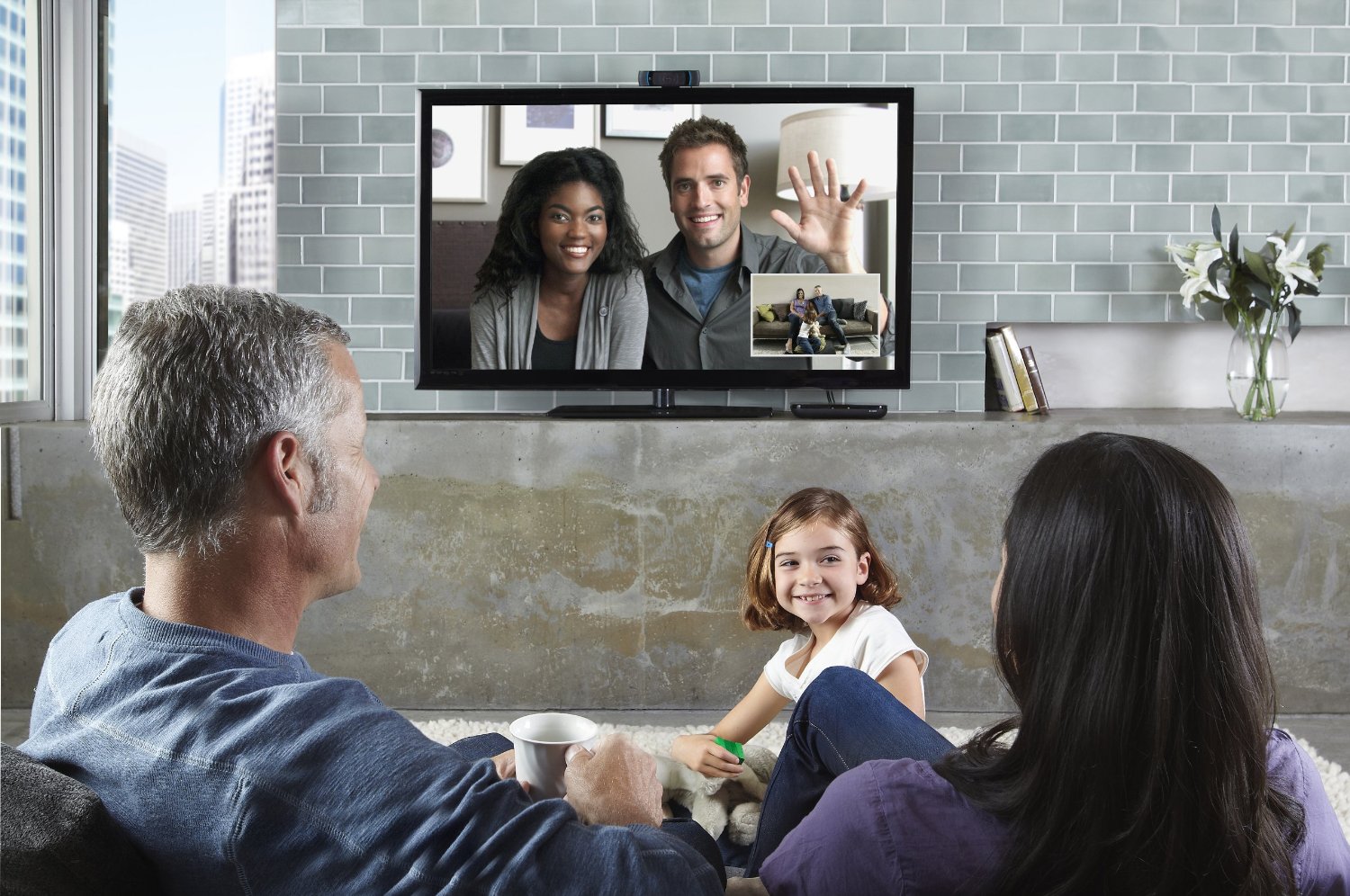As we come off of CES 2017, I’ve started thinking about all the latest and greatest technologies, especially in the video arena, and I’ve begun wondering when video conferencing will catch up with some of these other offerings – and also when content providers will provide content that actually allows people to leverage the most advance features. There are a few technologies of particular interest.
4K resolution (UHD). HDR (high dynamic range) televisions were (again) all the rage at CES. And yet, they are a great example of the cart before the horse. No one needs a 4K HDR until there’s content. And no one creates content until folks have TV’s. This Catch-22 problem is now being addressed in a number of ways.
The cost of 4K TV’s is tumbling, and even the high end HDR displays are now becoming extremely affordable. There’s UHD HDR content now available on YouTube, Amazon and Netflix, and it is stunning. What the world needs next is to lower the barrier to entry for everyone to create and share content at this stunning quality.
The ability to create 4K content is available in some GoPro models. And now 4K HDR capabilities was something we saw announced at CES. But these cameras are meant for on-the-go content capture more so than recording and streaming content such as training videos, DIY videos, and what’s more, they don’t offer any type of two-way or multiway communications.
On the flip side, webcams have empowered users to create content, and produce video calls at 1080p Full High Definition for a number of years now. But until now, we haven’t seen these more advanced technologies implemented in webcams. There are probably a few reasons for this – not many video conferencing platforms support 4K being one of them. But if you ask me, now is the perfect time to offer 4K resolution, which offers 4x more pixels than 1080p video). Additionally, HDR (High Dynamic Range) has been used in still photography for years. Why not implement it in video? It would solve the lighting dilemma we so often experience in video calls, and colors are much more vibrant.
From my perspective, there is so much more we can do with video and camera technologies, and perhaps the time is ripe to take advantage of these features. For technology to be useful, of course all aspects of the solution need to be in sync. UHD has been a technology looking for a solution for a few years, but it’s only recently that streaming services, video conferencing solutions, displays and cameras are approaching the price of mass deployment. It took nearly 10 years for the market to standardize on 1080p (although many laptop manufacturers still build 480p cameras into their devices – why, I don’t know). But the good news is that 4K is shaping up to be a much more rapid adoption model. It’s exciting times indeed. And as an employee at the webcam market leaders, I for one, look forward to seeing these technologies take shape in the form of video streaming and collaboration.










